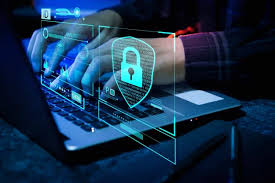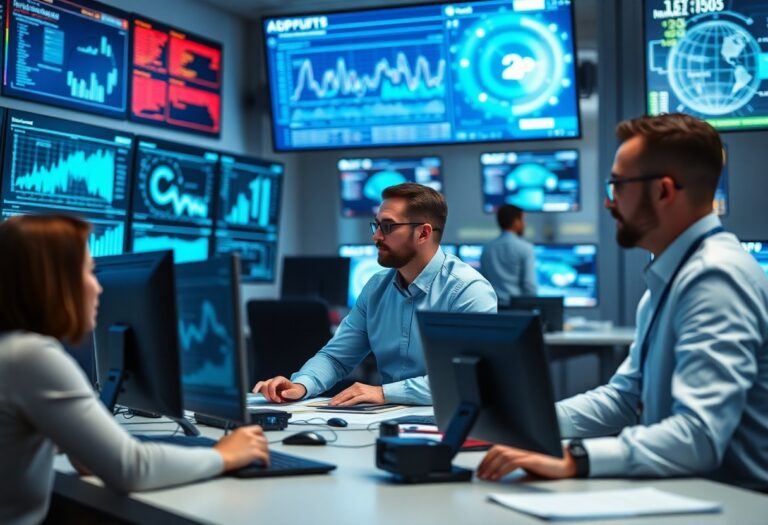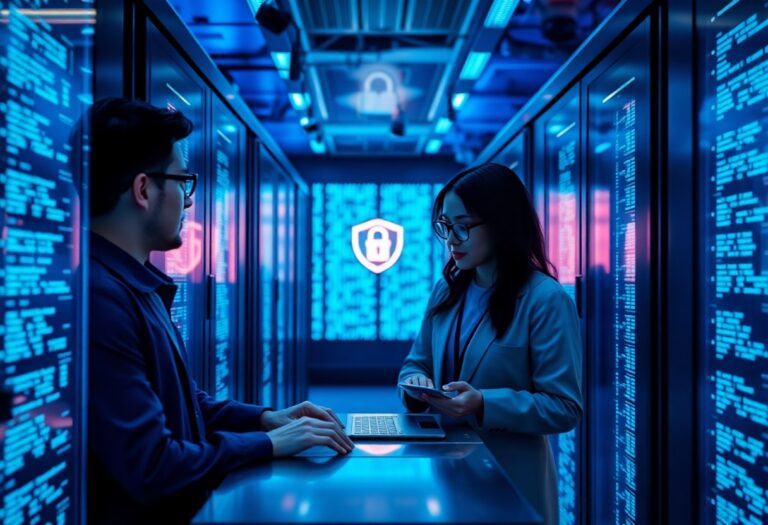“Zero Trust, Real Threats, Smarter Security”
Understanding Zero Trust
Zero Trust is more than a security model—it’s a holistic system design philosophy and cybersecurity framework. Thereby it is grounded in the assumption that threats exist both outside and inside the network perimeter. Eventually, it advocates for a proactive stance: never trust, always verify.
Core Components of Zero Trust in Practice
- Never Trust, Always Verify: Particularly, continuous authentication, authorization and validation of all users and devices—regardless of network location, authorized, and validated.
- Least Privilege Access: Strictly limiting access rights to the minimum required for a user’s role, specifically reducing risk of lateral movement in the event of a breach.
- Micro-Segmentation: Networks are divided into discrete zones to contain threats and isolate critical systems, enabling fine-grained access control.
- Continuous Monitoring and Validation: Trust is not a one-time event; user and system behavior is constantly evaluated for anomalies or contextual changes.
- Context-Aware Policy Enforcement: Access decisions incorporate user identity, device health, location, time of access, and data sensitivity.
- Integration of Threat Intelligence and AI/ML: Proactive threat detection is enabled through automated analysis coupled with real-time anomaly detection, and predictive defense mechanisms.
CIO Strategies for Scaling Zero Trust Across the Enterprise
- Establish Zero Trust Governance: Create a dedicated governance framework aligned with business goals, risk appetite, and measurable security outcomes.
- Conduct Comprehensive Asset and Identity Inventories: Build a unified view of all users, devices, systems, and applications. Assess the current security posture to identify exposure and gaps.
- Develop a Phased Implementation Roadmap: Execute Zero Trust deployment in stages—define quick wins and long-term objectives aligned with organizational priorities.
- Promote a Zero Trust Culture: Educate stakeholders at every level. Foster cross-functional collaboration and reinforce a security-first mindset across departments.
- Leverage Advanced Technologies: Utilize AI, ML, and behavior analytics for real-time threat detection and adaptive access control. Implement micro-segmentation to isolate high-value assets.
- Monitor, Evaluate, and Improve Continuously: Regularly assess implementation effectiveness. Integrate up-to-date threat intelligence to fine-tune your Zero Trust architecture.
Real-World Use Cases
- Google’s BeyondCorp Initiative: Google’s Zero Trust model grants internal access without relying on VPNs. Thereby, access is based on continuous posture validation, user identity, and contextual risk analysis.
- Micro-Segmentation in Data Centers: Using platforms like VMware NSX and Illumio, traffic restriction between applications unless explicitly permitted by policy. Thereby, every interaction must be verified—per interaction, not per perimeter.
- Privileged Access Management (PAM): Just-in-Time provisioning grants Critical infrastructure access, session recording and Multi-Factor Authentication (MFA) combined with behavioral analytics. Accordingly, tools like CyberArk and BeyondTrust enforce continuous validation—even for administrators.
- Replacing VPNs with Zero Trust Network Access (ZTNA): ZTNA enables secure application access without exposing the full network. Correspondingly, tools such as Zscaler, Netskope, and Azure AD Application Proxy enforce app-specific access policies after integrating with IAM and device posture assessments.
- Securing Industrial Control Systems (ICS): Zero Trust principles applied to ICS (aligned with IEC 62443) enforce strict device identity management and network segmentation via zones and conduits. Accordingly, access follows deny-by-default and least privilege policies—even within internal networks.
Conclusion
As cyber threats grow in complexity and scale, the traditional perimeter-based security model is no longer sufficient. Because, it offers a resilient alternative, that ensures avoiding implicit trust. While for CIOs, adopting a Zero Trust framework is not just a technical decision but a strategic imperative—one that demands cultural transformation, phased execution, and continuous refinement to stay ahead of evolving threats.








